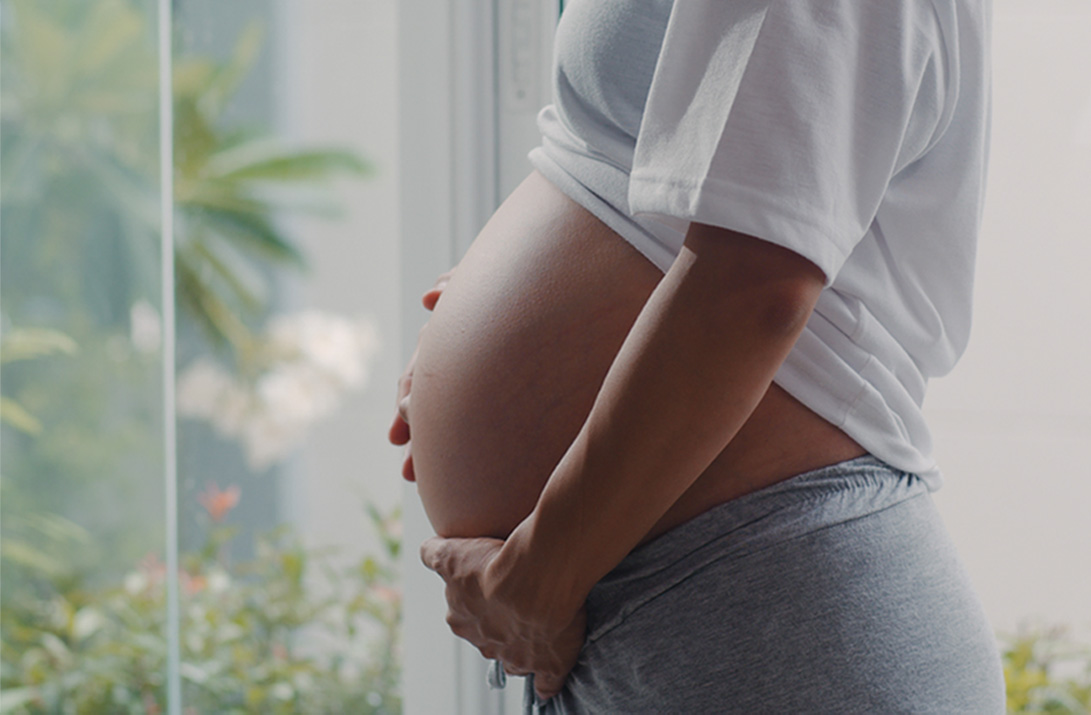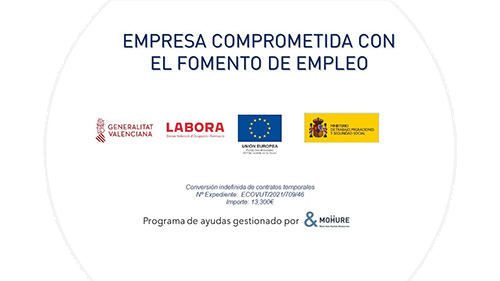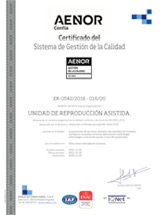Causes
The causes of implantation failure are very diverse. Among the main ones are:
- Age
- Social habits
- Hormonal habits
- Immunology of the patient
- Anatomical factors
- Genetic factors
- Presence of atrojenosis
In these cases, there are a number of techniques and treatments that can help achieve pregnancy:












